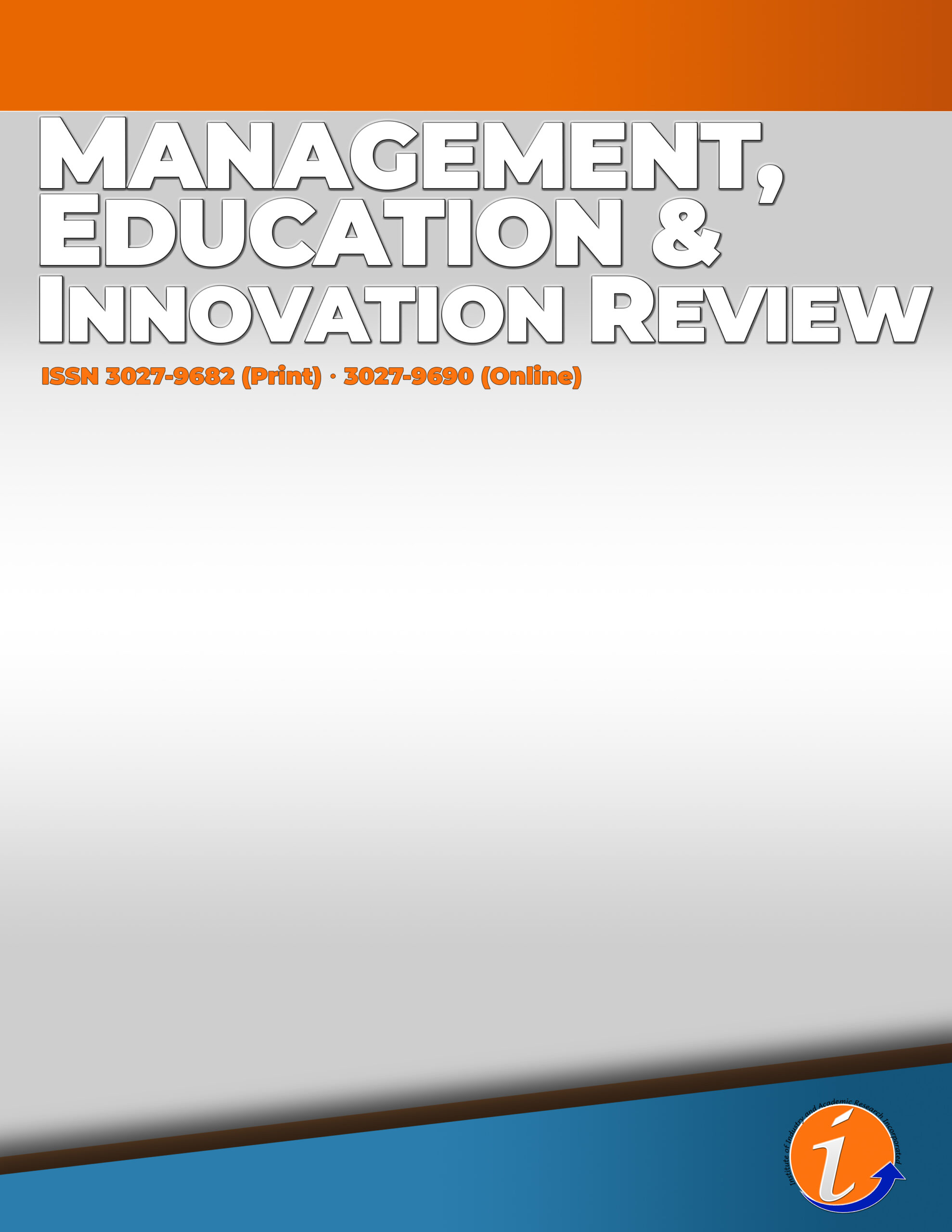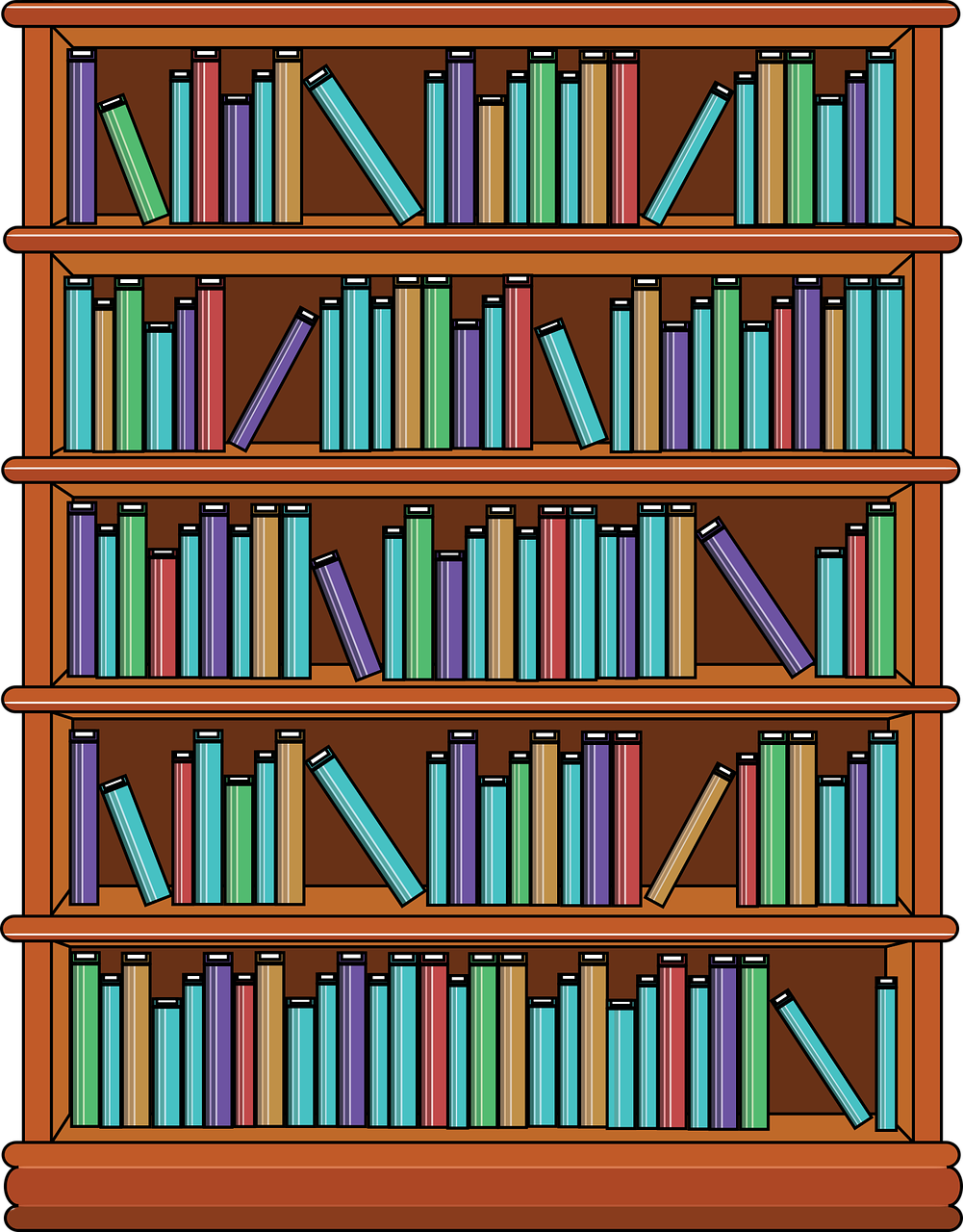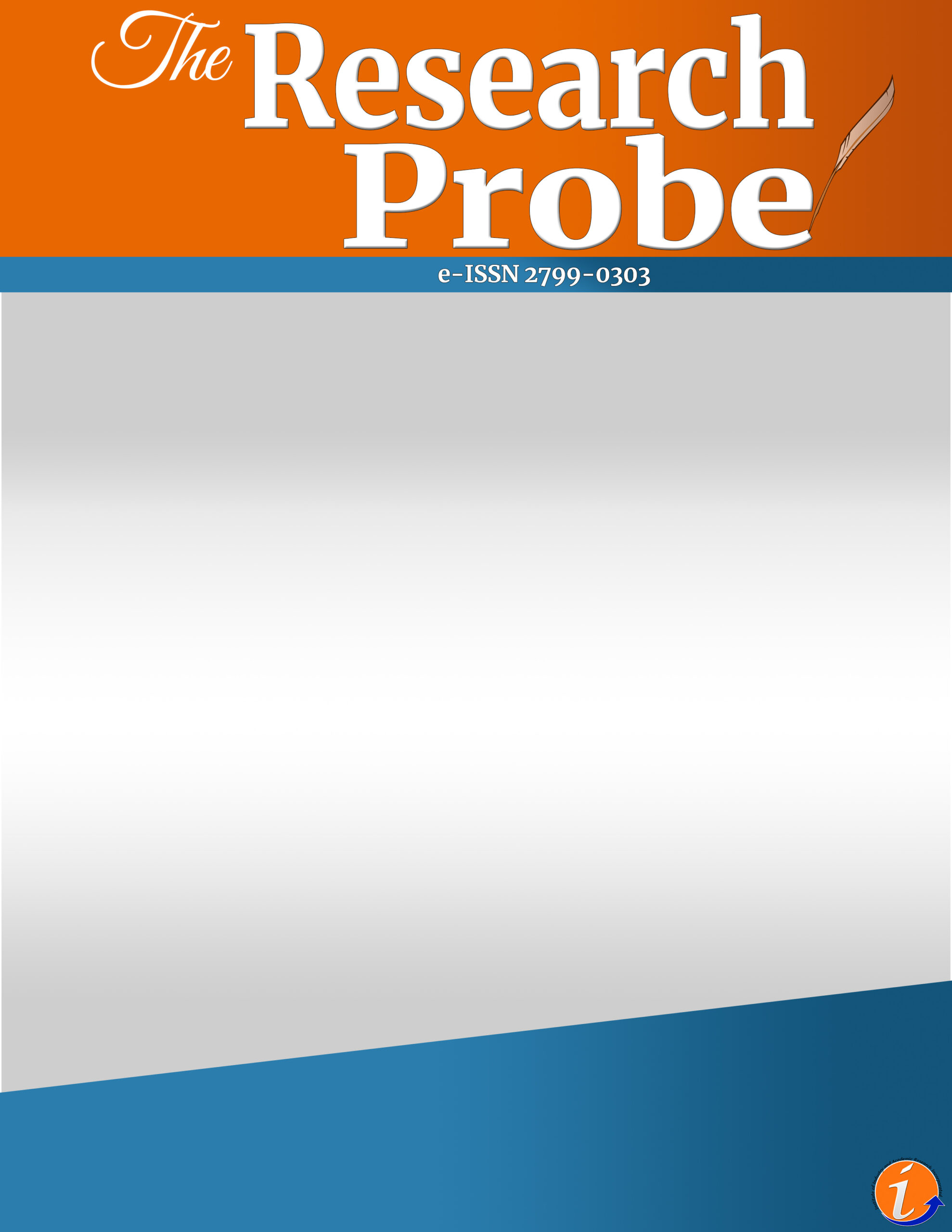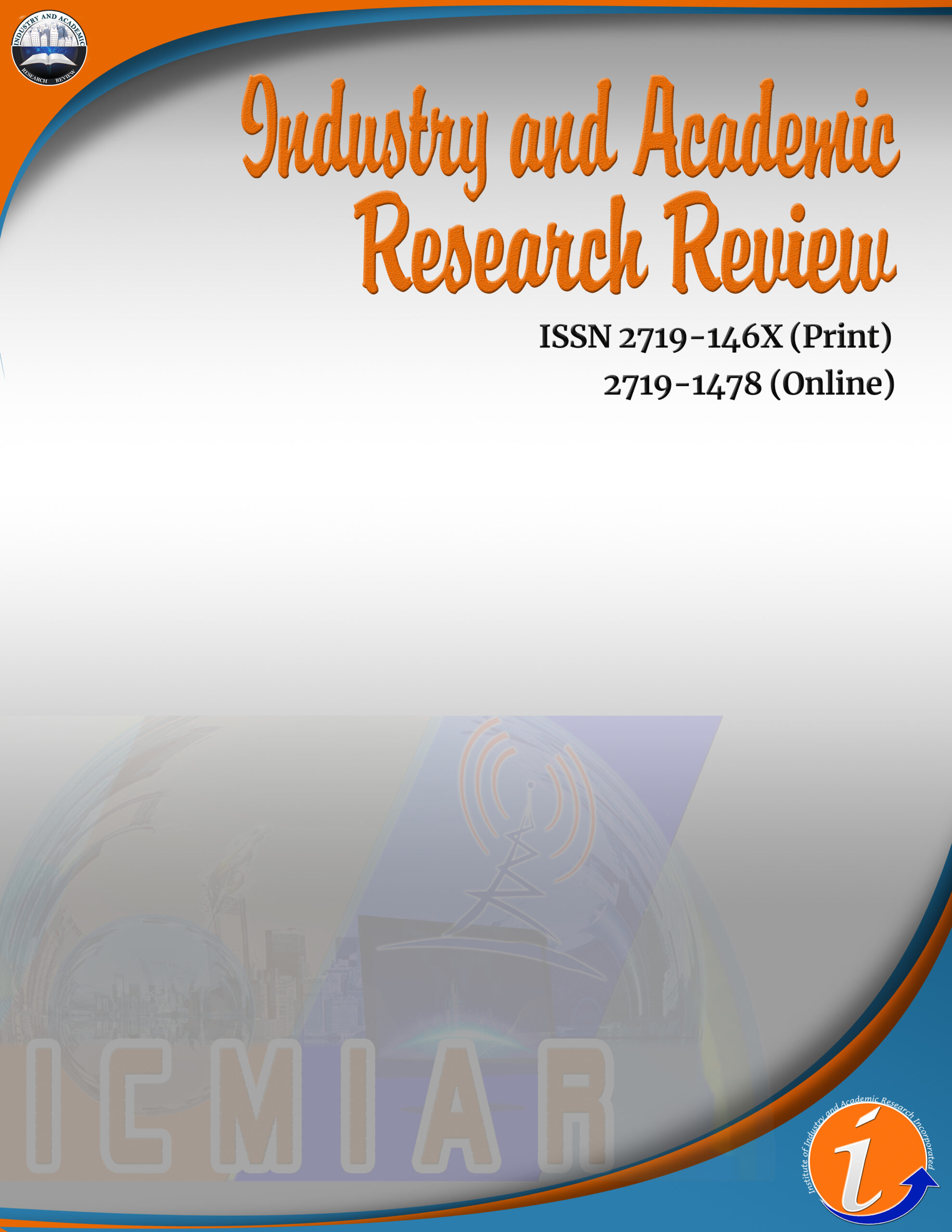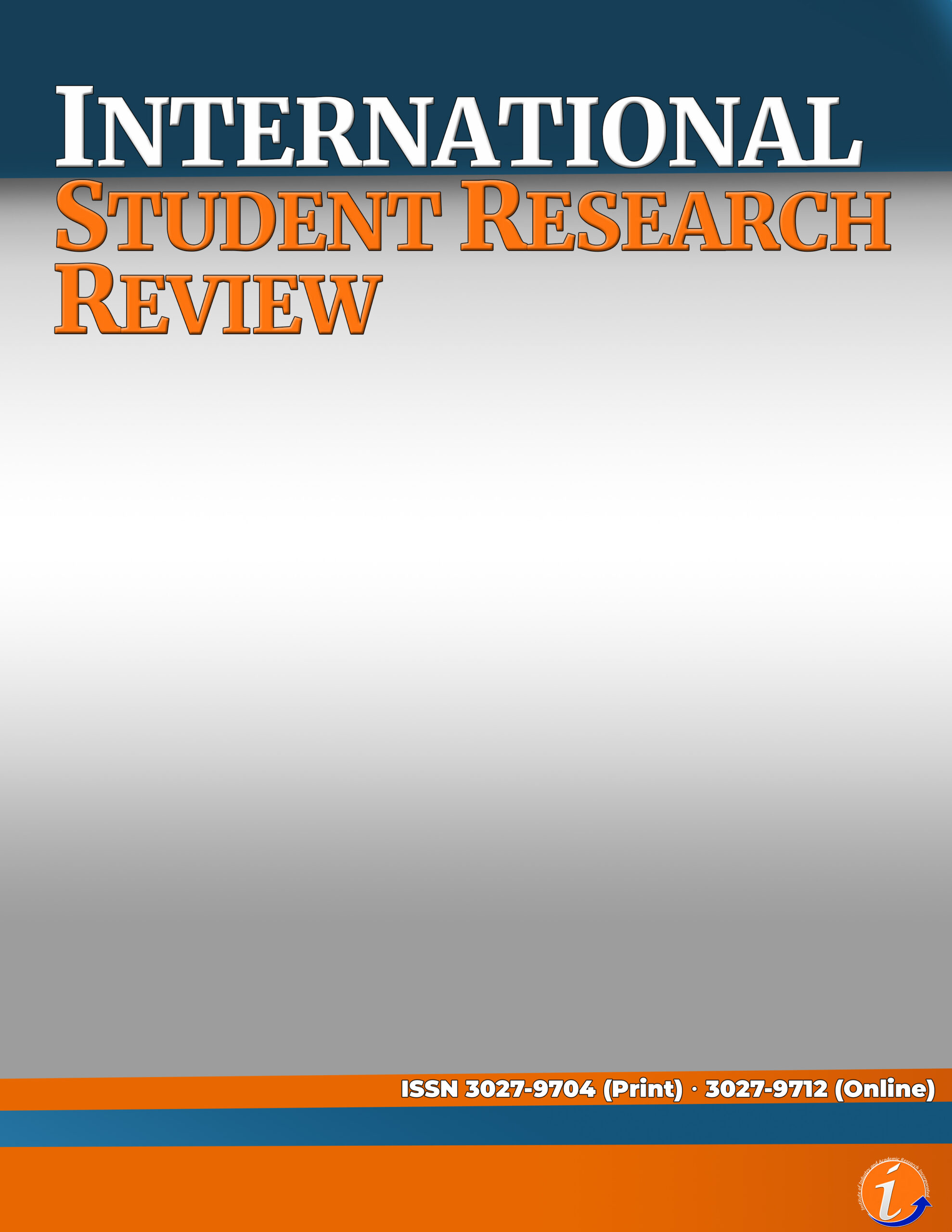This study aims to assess the effectiveness of a gamified-approach reading strategy in motivating students and aiding reading comprehension struggles and addressing literacy problems. In order to gauge its effectiveness, this quantitative study used pre-test and post-test assessments with 50 Grade 7 students in the first intervention and 70 students in the second one. According to the initial findings of both times that the pre-tests were done, students’ reading comprehension scores fell below 58%, placing them at a frustration level. Significant progress was seen following the first intervention, as students advanced to the instructional level. In the second intervention, the mean increase was from 8.82 to 19.14 (83.14%) as students advanced to independent level. The gamified approach significantly increases reading motivation, comprehension, and engagement, according to key findings. Along with addressing issues like low baseline skills and lack of motivation, the strategy creates engaging and interactive learning environment. The intervention was recommended and highly recommended across evaluation criteria, and received positive feedback on the appearance of its materials, the relevance of its content, and the learning experience. The study concludes that it is effective on improving reading comprehension. Future research could look into outside variables that influence understanding and improve the approach to get better results. This study adds to the expanding database of research that advocates for creative, student-centered strategies to address literacy issues, especially in educational contexts that are in underperformance. Furthermore, more research into the long-term effects and adaptability for different grade levels, as well as wider implementation in comparable contexts, is always suggested.
reading comprehension, gamified approach, motivation, student-centered strategies, booklet
Eunice Zyny G. Villarente. Corresponding author. Bachelor of Secondary Education Major in English Students at Laguna University. Email: eunicezyny19@gmail.com
Cathleen Joy T. Alimagno. Bachelor of Secondary Education Major in English Students at Laguna University.
Elaiza George C. Capinpin. Bachelor of Secondary Education Major in English Students at Laguna University.
James Ira M. Corona. Bachelor of Secondary Education Major in English Students at Laguna University.
Jonah R. Delos Santos. Bachelor of Secondary Education Major in English Students at Laguna University.
Jovelle M. Reyes. Master of Arts in English (on-going), Instructor at Laguna University.
Rose Nannette J. San Juan. Master of Arts in Mathematics, Instructor at Laguna University.
"Eunice Zyny G. Villarente took the lead in revising the paper, overseeing its publication, and coordinating its presentation at both national and international conferences. Alongside James Ira M. Corona, she developed and finalized the research framework, and both contributed to the analysis and interpretation of the data and related literature. Elaiza George C. Capinpin, Cathleen Joy T. Alimagno, and Jonah R. Delos Santos played key roles in collecting the data used for the methodology. All authors were actively involved in data collection, analysis, and interpretation, and each contributed to writing the final manuscript. Jovelle M. Reyes and Rose Nannette J. San Juan acted as both editors and co-authors, offering guidance throughout the initial, developmental, and final phases of the research paper."
No potential conflict of interest was reported by the author(s).
This work was not supported by any funding.
The author declares the use of Artificial Intelligence (AI) in writing this paper. In particular, the author used ChatGPT in finding literature and other materials. The author takes full responsibility in ensuring that research idea, analysis and interpretations are original work.
This paper is presented in the 2nd International Conference on Management, Education & Innovation (ICMEI) 2025.
Aldoobie, N. (2015). ADDIE model. American International Journal of Contemporary Research, 5(6), 68-72.
Ali, S. (2020). Impact of related activities on reading comprehension of EFL students. English Language Teaching, 13(4), 16. https://files.eric.ed.gov/fulltext/EJ1247943.pdf
Aguilos, V., & Fuchs, K. (2020). The perceived usefulness of gamified e-learning: a study of undergraduate students with implications for higher education. Front. Educ. 7:945536. https://doi.org/10.3389/feduc.2022.945536
Bangen, R.W. & Kambo, M.D. (2022). Grade 7 learners’ performance in five macro communication skills in English. Psych Educ, 13, 671-685. https://doi.org/10.5281/zenodo.8359030
Bangen, R.W. & Kambo, M.D. (2023). Grade 7 learners’ performance in five macro communication skills in English. Psych Educ, 13, 671-685. https://doi.org/10.5281/zenodo.8359030
Bautista, M. (2021). The efficacy of integrated reading strategy in improving the reading comprehension level of grade 10 students. Journal of the Graduate School, 13(1), 1– 17.
Beralde, M. (2019). Reducing student absenteeism through strategic reward and penalty system among senior high students of Dagatan National High School. Ascendants Asia Journal of Multidisciplinary Research Abstracts, 3(2), 1–6.
Bhandari, P. (2020). Introduction to Quantitative Research. Scientific Research Publishing.
Bondaug (2021) Game-based learning material for developing reading comprehension. Asia Pacific Journal of Social and Behavioral Sciences, 19, 23-37. https://doi.org/10.57200/apjsbs.v19i0.274
Boudadi, N.A., & Gutiérrez-Colón, M. (2020). Effect of gamification on students’ motivation and learning achievement in second language acquisition within higher education: a literature review 2011-2019. EuroCALL Rev. 28, 57–69. https://doi.org/10.4995/eurocall.2020.12974
Caraig, V., & Quimbo, T. (2022). Assessing reading comprehension difficulties in corescience subjects of senior high school students in a private school in Calamba City, Philippines. International Journal of Curriculum and Instruction, 14(3), 1983- 2010.
Cataraja (2022). Effect of SQ3R on students’ reading comprehension. International Journal of Multidisciplinary: Applied Business and Education Research, 3(4), 548–555. https://doi.org/10.11594/ijmaber.03.04.07
Chen, Z. (2023). The influence of school’s reward systems on students’ development. Journal of Education, Humanities and Social Sciences, 8, 1822-1827. https://doi.org/10.54097/ehss.v8i.4591
Creswell, J. W. (2018). Research design: Qualitative, quantitative, and mixed methods. SAGE.
Damayanti, I. L., Jayanti, E. D., & Lestari, I. (2023). Exploring teachers’ perceptions of integrating multimodal literacy into English classrooms in Indonesian primary education. Child Education Journal, 5(2), 98–109. https://doi.org/10.33086/cej.v5i2.524
Decena, M.T., Aniversario, C.B., Bailan, B.K., Castillo, G.C., De Gracia, R.S., French, S.G., Loraña, J.T., Oro, K.L., Ruiz, A.A. & Solon, C.S. (2023). Classroom environment and learning motivation among accountancy, business, and management (ABM) students of Tacurong National High School. Unpublished Thesis.
Elleman, A. M., & Oslund, E. L. (2019). Reading comprehension research: Implications for practice and policy. Policy Insights from the Behavioral and Brain Sciences, 6(1), 3-11. https://doi.org/10.1177/2372732218816339
Espiel, E. E., & Carretero, M. D. (2022). Factors affecting the reading comprehension of Grade 7 students. United International Journal for Research & Technology, 3(9), 683–686.
Fajagutana, M. (2022). The impact of visual aids on students’ reading comprehension: A classroom-based study. Journal of Educational Research and Practice, 12(3), 45–58.
Fitriatri, ET AL. (2020). Teacher’s classroom instruction reinforcement strategies in English Language Class. Journal of Education and Learning (EduLearn), 14(4), 599~608. https://doi.org/10.11591/edulearn.v14i4.16414
Galilea, J.S., Pradia, A.F. & Bawa, L.S. (2023). 5BS program: its impact to the reading ability of the frustrated readers. Psychology and Education: A Multidisciplinary Journal, 15, 161-177. https://ejournals.ph/article.php?id=22605
Ghafar, Z.N. (2023). Positive reinforcement: An approach to enhancing accountability and drive among students. International Journal of Applied Educational Research (IJAER), 1(1), 11-20.
Grünke, M., Barwasser, A., Bräuer, N. & Connelly, V. (2023). The effects of immediate feedback, goal setting and positive reinforcement on the reading performance of a fifth grader with learning difficulties. Insights into Learning Disabilities, 20(2), 65- 74.
Hafeez, M. (2022). Effects of game-based learning in comparison to traditional learning to provide an effective learning environment—A comparative review. Contemporary Educational Researches Journal, 12(2), 89–105. https://doi.org/10.18844/cerj.v12i2.6374
Hidayati, R. (2019). Improving students’ reading comprehension using pictures on report texts. Jurnal Pendidikan Mandala, 4(4), 97. http://dx.doi.org/10.58258/jupe.v4i4.749
Horváthová, B., & Naďová, L. (2021). Developing critical thinking in reading comprehension of texts for specific purposes at all levels of bloom’s taxonomy. Journal of Teaching English for Specific and Academic Purposes, 001. https://doi.org/10.22190/jtesap2101001h
Krismadayanti, A. & Zainil, Y. (2022). The level of the students’ reading comprehension analyzed by using Barrett taxonomy. Journal of Cultura and Lingua, 3(1), 39-48 https://doi.org/10.37301/culingua.v3i1.110
Liu, H. (2024). Factors influencing secondary school students’ reading literacy: An analysis based on XGBoost and SHAP methods. Frontiers in Psychology, 15, 1329724. https://doi.org/10.3389/fpsyg.2022.948612
Manlapaz, R. (2022). Contextualized based-learning materials: An evaluation to enhance the reading comprehension of the Grade 7 students during the COVID-19 pandemic. Psychology and Education: A Multidisciplinary Journal, 6(3), 206–213.
Mercado, M. (2023). Stride: Struggling readers’ intervention towards development in word reading, comprehension and reading speed of grade 7 non-readers in Kapayapaan Integrated SchooL SY 2022-2023. EPRA International Journal of Multidisciplinary Research (IJMR), 10(5), 704. https://doi.org/10.36713/epra2013
Msed, K. C. (2023). What is operant conditioning? Very well Mind. https://www.verywellmind.com/operant-conditioning-a2-2794863
Pocaan, J. M. (2022). Strategic reading intervention for left-behind learners in the Philippines. LLT Journal: A Journal on Language and Language Teaching, 25(2), 367–378.
Rafi, A., Ansar, A. & Sami, M.A. (2020). The implication of positive reinforcement strategy in dealing with disruptive behavioral the classroom: A scoping review. Journal of Rawalpindi Medical College, 24(2). https://doi.org/10.37939/jrmc.v24i2.1190
Sali, F. Z. (2023). The assessment of reading comprehension proficiency of grade school learners as basis for remediation program. Psychology and Education: A Multidisciplinary Journal, 14, 683–686.
Sidin, S.A. (2020). The application of reward and punishment in teaching adolescents. Advances in Social Science, Education and Humanities Research, 539, 251-255. https://doi.org/10.2991/assehr.k.210325.045
Sudirtha, I.G., Widiana, I.W., & Adijaya, M.A. (2022). The effectiveness of using revised Bloom’s taxonomy-oriented learning activities to improve students’ metacognitive abilities. Journal of Education and E-Learning Research, 9(2), 55–61. https://doi.org/10.20448/jeelr.v9i2.3804
Sun, L., Kangas, M., & Ruokamo, H. (2023). Game-based features in intelligent game-based learning environments: a systematic literature review. Interactive Learning Environments, 32(7), 3431–3447. https://doi.org/10.1080/10494820.2023.2179638
Wächter, T. (2009). Differential effect of reward and punishment on procedural learning. Journal of Neuroscience, 29(2), 436–443. https://doi.org/10.1523/JNEUROSCI.4132-08.2009
Cite this article:
Villarente, E.Z.G., Alimagno, C.J.T., Capinpin, E.G.C., Corona, J.I.M., Delos Santos, J.R., Reyes, J.M. & San Juan, R.N.J. (2025). The citadels of reading: A reading and teaching strategy on enhancing comprehension. Management, Education & Innovation Review, 2(1), 99-108. https://doi.org/10.53378/meir.160
License:
![]()
This work is licensed under a Creative Commons Attribution (CC BY 4.0) International License.




